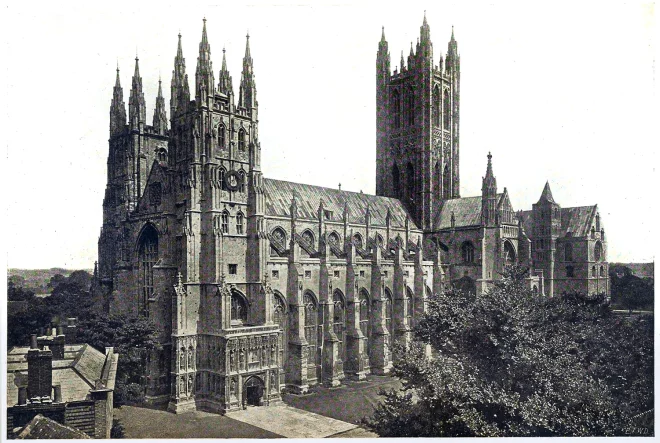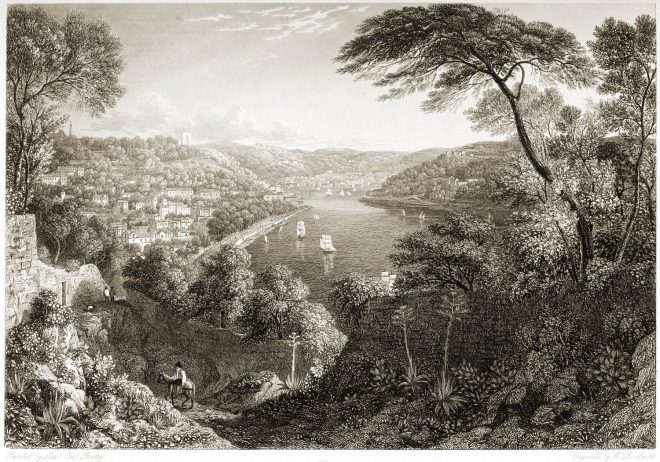The Clan Davidson (Daibhidh). THE evidence of the early date of this design rests entirely upon specimens in collections of old hard tartans.
Category: Europe
Fashions in Europe. European Costume and Cultural History.
Canterbury Cathedral. The ecclesiastical metropolis of England.
The ancient city of Canterbury is chiefly remarkable for its churches, especially for its magnificent Cathedral, which is eight centuries old.
Zappatore Sassarese. Field worker from the Sassari area of Sardinia.
Sardinian field worker from the Sassari area of Sardinia. Historical Italian folk costume from Sardinia.
Oporto. View of the city and the Douro River from Fontainhas.
View of the city and the Douro River from the verge of the granite precipice on the north side of the Douro.
Oporto. The busy scene of the Custom-house Quay.
At the Ribuleira-street, a very interesting view presents itself. The foreground is occupied by the busy scene of the Custom-house Quay.
The life of Jack Rattenbury, nicknamed Rob Roy of the West.
Jack Rattenbury. The smugglers; picturesque chapters in the story of an ancient craft by Charles George Harper.
View to the most ancient part of the city of Oporto from Villa Nova.
The annexed view, taken at the foot of the Serra, near the Bridge of Boats, exhibits the most ancient part of the city of Oporto.
Full view of the city of Oporto, from the Quay of Villa Nova.
Leading the spectator onward, and crossing to Villa Nova on the southern bank of the Douro, we come in full view of the city of Oporto
Oporto, from the Monte D’Arabida. Portugal 1832.
A view of the city of Oporto as seen from the Monte d’Arabida, looking directly up the majestic and beautifully winding Douro.
Oporto. The Mouth of the Douro from Massarelos.
The approach to Oporto by sea is remarkably beautiful. The view given in the vignette is taken from the garden of the Quinta of Senhor Joao Pacheco.










